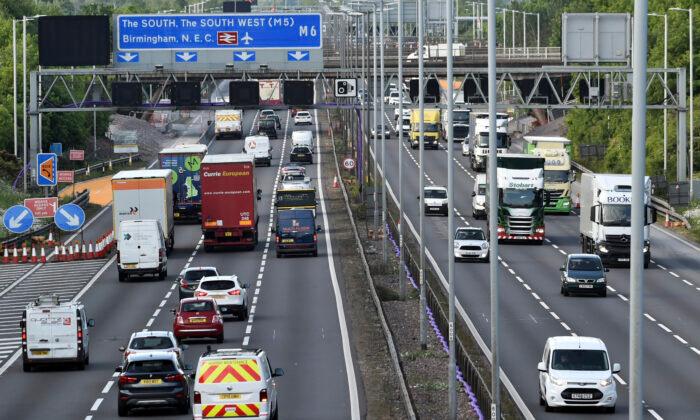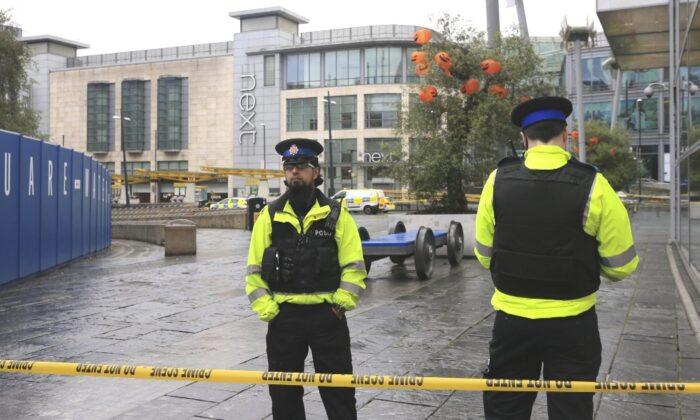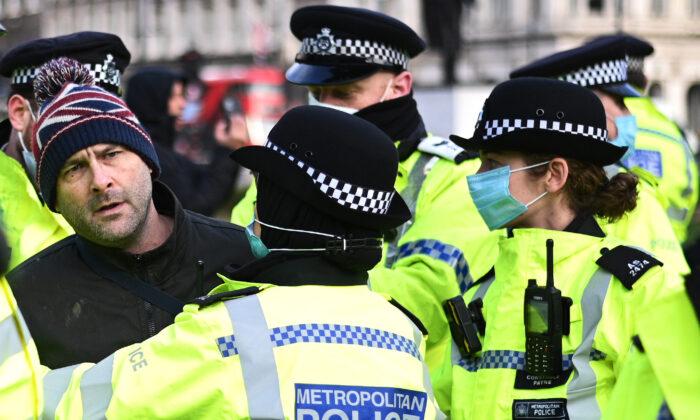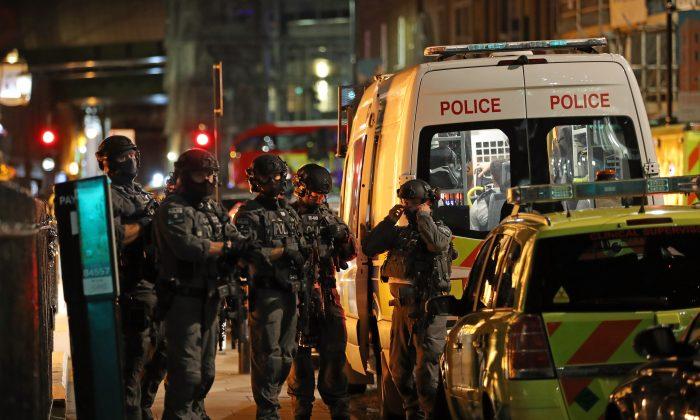The ‘dynamic’ hard shoulders that have replaced conventional breakdown lanes on Britain’s smart motorways are unsafe and confusing to drivers, Britain’s transport secretary said.
“It’s just an insane way to have confusion for drivers,” he said.
Drivers don’t know how to use the smart motorway lanes that can be switched from use for broken down vehicles to normal vehicle lanes at peak traffic times or what to do if they break down on “one of these things,” Shapps said.
It was “entirely wrong to build a so-called smart motorway—and we question the naming of it—without the technology in place to make it safe,” he said.
He has now brought forward installation of the stopped vehicle kit “by several years,” he said, after applying pressure to Highways England, who are responsible for the smart motorway roll-out.
The technology will be installed by next year “on all of the network,” he said.
Shapps said he had inherited the smart motorways scheme when he took office last year and had quickly ordered a report on the project from Highways England.
The report triggered “18 different, separate things that must be done in order to make the motorway network safe,” he said.
Some things, like improved signage and the painting of all emergency areas bright orange, had already been carried out,” he said.
Shapps remarks follow much controversy around the safety of smart motorways and calls for their roll out to be reversed.
The men were killed when a lorry collided with stationary vehicles on a stretch of the M1 in England’s South Yorkshire.
Though RAC supports the technology, for it to work other drivers still need to see and obey the red ‘X’ closed lane signs, Leys said.
“If drivers don’t see these because gantries or verge-mounted signs are too far apart, then there’s still a risk of collision with a stationary vehicle,” he said.
Whilst acknowledging that some progress had been made since the Highways England report Leys called for additional safety measures like extra traffic officer patrols.
“These would be a crucial ingredient in providing extra protection for drivers that are unfortunate enough to be stranded in a dangerous live-lane scenario,” he said.
Asked by the transport committee whether amid safety concerns smart motorways would be scrapped, Shapps said they could not practicably be reversed.
Providing new conventional hard shoulders would involve buying up people’s homes, destroying acres of greenbelt, and incurring prohibitive costs equal to purchasing “700 Wembley stadium-sized football pitches,” he said.






Friends Read Free